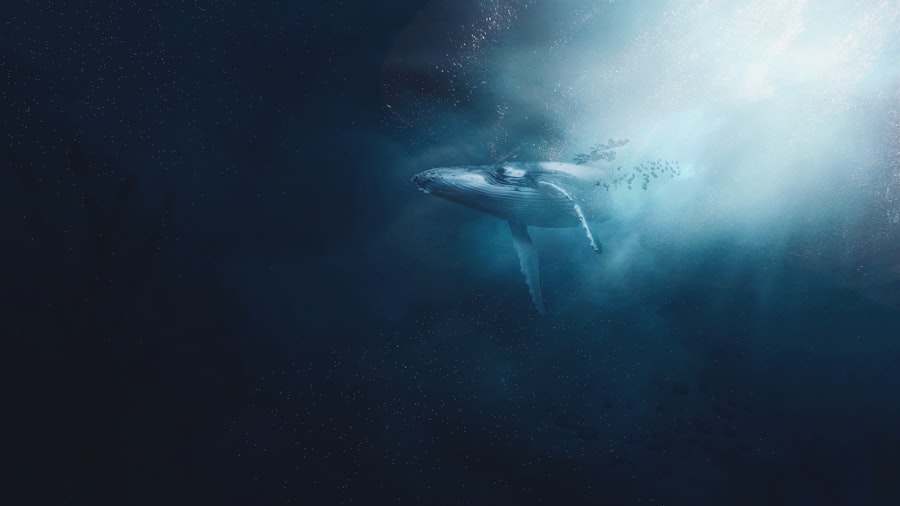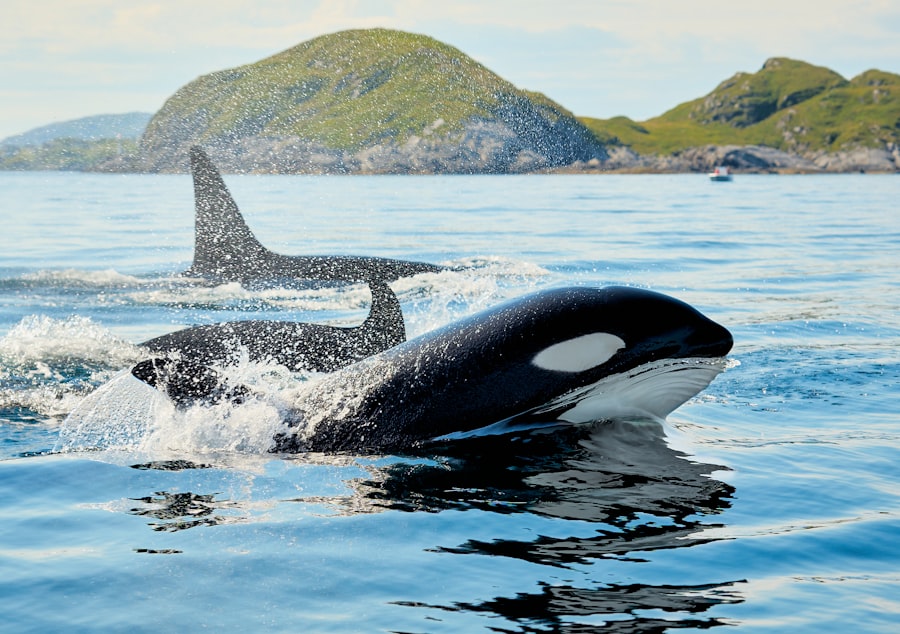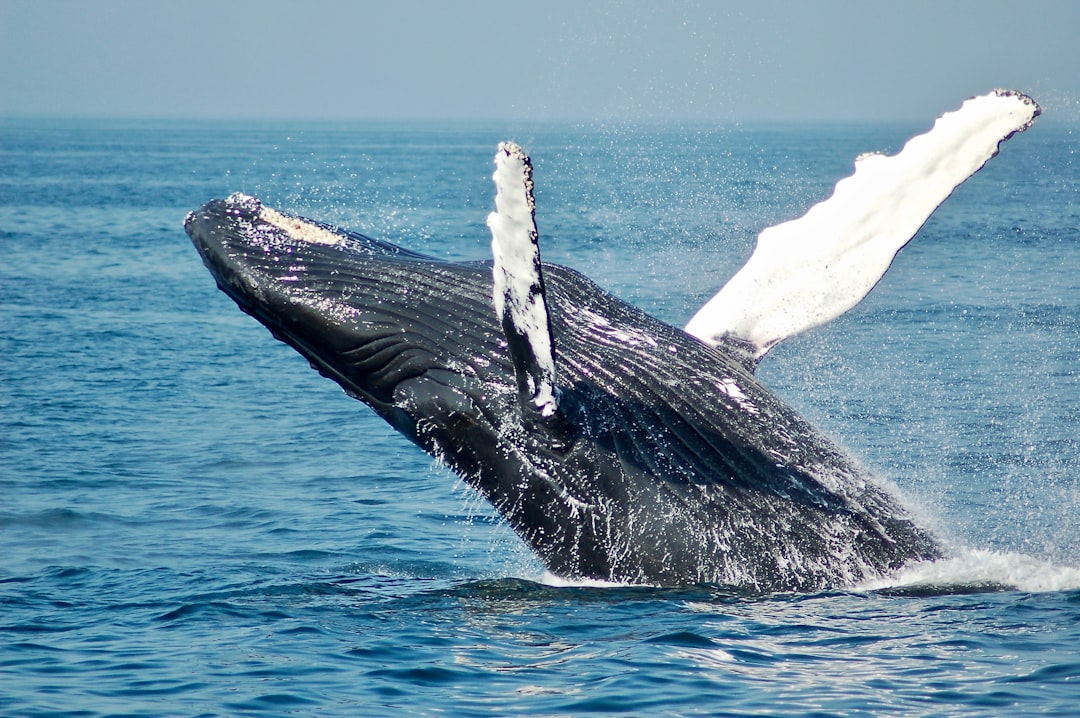The Drake Passage, a body of water that separates South America from Antarctica, is renowned for its tumultuous seas and breathtaking natural beauty. Stretching approximately 600 miles, this passage is not only a critical maritime route but also a unique ecosystem teeming with marine life. The waters are often characterized by their unpredictable weather patterns, which can shift from calm to stormy in a matter of moments.
This unpredictability, however, adds to the allure of the Drake Passage, drawing adventurers and nature enthusiasts alike to its shores. For those with a passion for marine wildlife, the Drake Passage offers one of the most exhilarating whale-watching experiences on the planet. The convergence of cold Antarctic waters with warmer currents creates a rich feeding ground for various whale species.
As such, this region has become a prime destination for those eager to witness these magnificent creatures in their natural habitat. The combination of stunning landscapes, diverse wildlife, and the thrill of adventure makes the Drake Passage a must-visit location for anyone interested in marine biology or simply seeking an unforgettable experience.
Key Takeaways
- The Drake Passage is a narrow stretch of water between South America’s Cape Horn and the South Shetland Islands of Antarctica, known for its rough seas and rich marine life.
- The best time to go whale watching in the Drake Passage is during the austral summer months of December to February when the weather is milder and the whales are more active.
- Visitors to the Drake Passage can expect to see a variety of whale species, including humpback whales, orcas, and southern right whales, among others.
- Whale watching in the Drake Passage offers a thrilling and unforgettable experience as visitors witness these majestic creatures breaching, feeding, and swimming in their natural habitat.
- To have a successful whale watching trip in the Drake Passage, it is important to choose a responsible tour operator, pack appropriate clothing for the cold and windy conditions, and be prepared for the unpredictable nature of the sea.
The Best Time to Go Whale Watching in the Drake Passage
Timing is crucial when planning a whale-watching expedition in the Drake Passage. The peak season for observing these majestic creatures typically spans from late spring to early autumn, specifically from November to March. During these months, the waters are relatively calmer, and the chances of spotting whales increase significantly.
The warmer temperatures also make it more comfortable for visitors to embark on boat tours, allowing them to fully enjoy the experience without the harshness of winter weather. In addition to favorable weather conditions, this period coincides with the migration patterns of various whale species. Many whales travel to the nutrient-rich waters of the Drake Passage during these months to feed and breed.
As a result, visitors are more likely to encounter a diverse array of whales, including humpbacks and orcas. Planning a trip during this optimal time not only enhances the likelihood of sightings but also enriches the overall experience, as the vibrant marine ecosystem is at its most active.
Types of Whales You Can See in the Drake Passage

The Drake Passage is home to an impressive variety of whale species, each contributing to the region’s rich biodiversity. Among the most commonly sighted whales are humpback whales, known for their acrobatic displays and haunting songs. These gentle giants can often be seen breaching and slapping their tails against the water’s surface, creating a spectacle that captivates onlookers.
Their migratory patterns lead them to these waters in search of abundant food sources, making them a highlight for whale watchers. Another notable species found in the Drake Passage is the orca, or killer whale. These highly intelligent and social creatures travel in pods and are known for their striking black-and-white coloration.
Orcas are apex predators and exhibit complex hunting behaviors, often working together to catch prey. Their presence adds an element of excitement to any whale-watching tour, as observers may witness their dynamic interactions and hunting strategies firsthand. Other species that can be spotted include minke whales and blue whales, each offering unique characteristics and behaviors that enrich the whale-watching experience.
The Experience of Whale Watching in the Drake Passage
| Aspect | Metrics |
|---|---|
| Number of whales spotted | 20 |
| Duration of the tour | 4 hours |
| Distance from whales | 50 meters |
| Chance of spotting whales | 90% |
Whale watching in the Drake Passage is an experience that transcends mere observation; it is an immersive journey into the heart of nature. As boats navigate through the waters, passengers are often filled with anticipation, scanning the horizon for signs of movement. The thrill of spotting a spout or a dorsal fin breaking the surface sends waves of excitement through everyone on board.
The sheer size and grace of these creatures evoke a sense of wonder and respect for the natural world. The experience is further enhanced by the stunning backdrop of rugged coastlines and towering icebergs that characterize the region. The juxtaposition of these majestic landscapes with the dynamic behavior of whales creates a visual feast that leaves lasting impressions on all who partake in it.
This educational component enriches the experience, allowing participants to connect more deeply with the marine environment and its inhabitants.
Tips for a Successful Whale Watching Trip in the Drake Passage
To maximize the chances of a successful whale-watching trip in the Drake Passage, preparation is key. First and foremost, choosing a reputable tour operator is essential. Researching companies that prioritize safety and have experienced guides can significantly enhance the overall experience.
Additionally, reading reviews from previous participants can provide valuable insights into what to expect during the tour. Dress appropriately for the unpredictable weather conditions typical of the Drake Passage. Layering clothing is advisable, as temperatures can fluctuate throughout the day.
Waterproof gear is also recommended, as splashes from waves can be common during boat rides. Bringing binoculars can enhance viewing opportunities, allowing participants to spot whales from a distance before they come closer to the boat. Lastly, having a camera ready to capture those unforgettable moments will ensure that memories of this extraordinary experience are preserved for years to come.
The Importance of Conservation and Responsible Whale Watching

As whale-watching tourism continues to grow in popularity, it becomes increasingly important to prioritize conservation efforts and responsible practices. The delicate balance of marine ecosystems can be disrupted by human activities, making it essential for tour operators and participants alike to adhere to guidelines that protect these magnificent creatures and their habitats. Responsible whale watching involves maintaining a safe distance from whales, minimizing noise pollution, and avoiding any actions that could disturb their natural behaviors.
By promoting awareness about the threats faced by whale populations—such as climate change, pollution, and habitat loss—these organizations encourage responsible tourism that benefits both wildlife and local communities. Tourists are often encouraged to support eco-friendly operators that contribute to conservation initiatives, ensuring that future generations can continue to enjoy the wonders of whale watching in the Drake Passage.
Whale Watching Tours and Operators in the Drake Passage
Numerous tour operators offer whale-watching excursions in the Drake Passage, each providing unique experiences tailored to different preferences and budgets. Some companies specialize in small-group tours that allow for more personalized attention and intimate encounters with marine life. These smaller vessels often navigate closer to shorelines and ice formations, providing opportunities for breathtaking views and closer interactions with whales.
Larger operators may offer more extensive amenities and services but can sometimes result in larger crowds on board. Regardless of size, reputable operators prioritize safety and environmental responsibility while providing knowledgeable guides who share insights about marine life and conservation efforts. It is advisable for potential participants to compare options based on reviews, itineraries, and commitment to sustainable practices before making a decision.
Other Wildlife You Can Spot While Whale Watching in the Drake Passage
While whales are undoubtedly the stars of any excursion in the Drake Passage, they are not alone in this vibrant ecosystem. A variety of other wildlife can be spotted during whale-watching tours, enriching the overall experience for participants. Seabirds such as albatrosses and petrels glide gracefully above the waves, often following boats in search of food scraps thrown overboard.
Their impressive wingspans and acrobatic flight patterns add an extra layer of excitement to any outing. Additionally, seals are frequently seen lounging on ice floes or swimming alongside boats. Species such as leopard seals and Weddell seals inhabit these waters and can often be observed basking in the sun or playfully interacting with one another.
The chance to see penguins waddling along icy shores or diving into frigid waters further enhances the wildlife experience in this remarkable region. Each encounter with these animals contributes to a deeper appreciation for the biodiversity that thrives within the Drake Passage.
The History and Significance of Whales in the Drake Passage
The history of whales in the Drake Passage is intertwined with human exploration and exploitation. For centuries, these majestic creatures have been hunted for their blubber, meat, and baleen, leading to significant declines in certain populations. The whaling industry reached its peak during the 19th century when commercial whalers targeted various species in these waters without regard for sustainability or conservation.
In recent decades, however, there has been a shift towards protecting these magnificent animals and their habitats. International agreements such as the International Whaling Commission (IWC) have been established to regulate whaling practices and promote conservation efforts worldwide. Today, many former whaling stations have transformed into research centers focused on studying whale populations and their behaviors in order to better understand their ecological roles within marine ecosystems.
How to Prepare for a Whale Watching Trip in the Drake Passage
Preparation is essential for anyone planning a whale-watching trip in the Drake Passage. First and foremost, travelers should ensure they have all necessary travel documents in order before embarking on their journey. This includes passports, visas if required, and any health-related documentation needed for travel to remote areas.
Packing appropriately is also crucial; travelers should bring layers of clothing suitable for varying weather conditions along with sturdy footwear for boarding boats safely. Sunscreen and sunglasses are essential due to reflective sunlight off water surfaces while binoculars can enhance viewing opportunities during excursions. Additionally, participants should consider bringing snacks or water bottles as some tours may not provide refreshments onboard.
The Thrill of Whale Watching in the Drake Passage
Whale watching in the Drake Passage offers an unparalleled opportunity to connect with nature while witnessing some of Earth’s most magnificent creatures up close. The combination of breathtaking landscapes, diverse marine life, and thrilling encounters creates an unforgettable experience that resonates long after participants return home. As awareness grows regarding conservation efforts and responsible tourism practices, future generations will have the chance to enjoy this remarkable ecosystem just as those before them have done.
Ultimately, embarking on a whale-watching adventure in this iconic passage is not just about observing whales; it is about fostering a deeper appreciation for our planet’s oceans and their inhabitants. By prioritizing sustainable practices and supporting conservation initiatives, travelers can contribute positively to preserving this extraordinary environment for years to come. The thrill of witnessing these majestic creatures in their natural habitat serves as a powerful reminder of nature’s beauty and fragility—a lesson that resonates deeply within all who venture into the waters of the Drake Passage.
The Drake Passage is a renowned maritime route that serves as a critical habitat for various whale species, offering a unique opportunity for marine enthusiasts and researchers to observe these majestic creatures in their natural environment. For those interested in learning more about the diverse marine life and the geographical significance of this region, a related article can be found on MyGeoQuest. This resource provides insightful information about the ecological dynamics of the Drake Passage and its importance to whale populations. To explore this topic further, you can visit the article by clicking on this link.
WATCH NOW! Drake Passage: Earth’s Deadliest Waters Revealed
FAQs
What is the Drake Passage?
The Drake Passage is the body of water between the southern tip of South America and the northern tip of the Antarctic Peninsula. It is known for its rough seas and strong winds.
What types of whales can be found in the Drake Passage?
The Drake Passage is home to a variety of whale species, including humpback whales, minke whales, and orcas (also known as killer whales).
When is the best time to see whales in the Drake Passage?
The best time to see whales in the Drake Passage is during the austral summer, which runs from November to March. This is when the whales migrate to the area to feed on the abundant krill.
Are there whale-watching tours in the Drake Passage?
Yes, there are whale-watching tours that operate in the Drake Passage. These tours typically depart from Ushuaia, Argentina, and Punta Arenas, Chile, and offer the opportunity to see whales in their natural habitat.
What other wildlife can be seen in the Drake Passage?
In addition to whales, the Drake Passage is home to a variety of other wildlife, including seals, penguins, and seabirds. It is a rich and diverse ecosystem.
